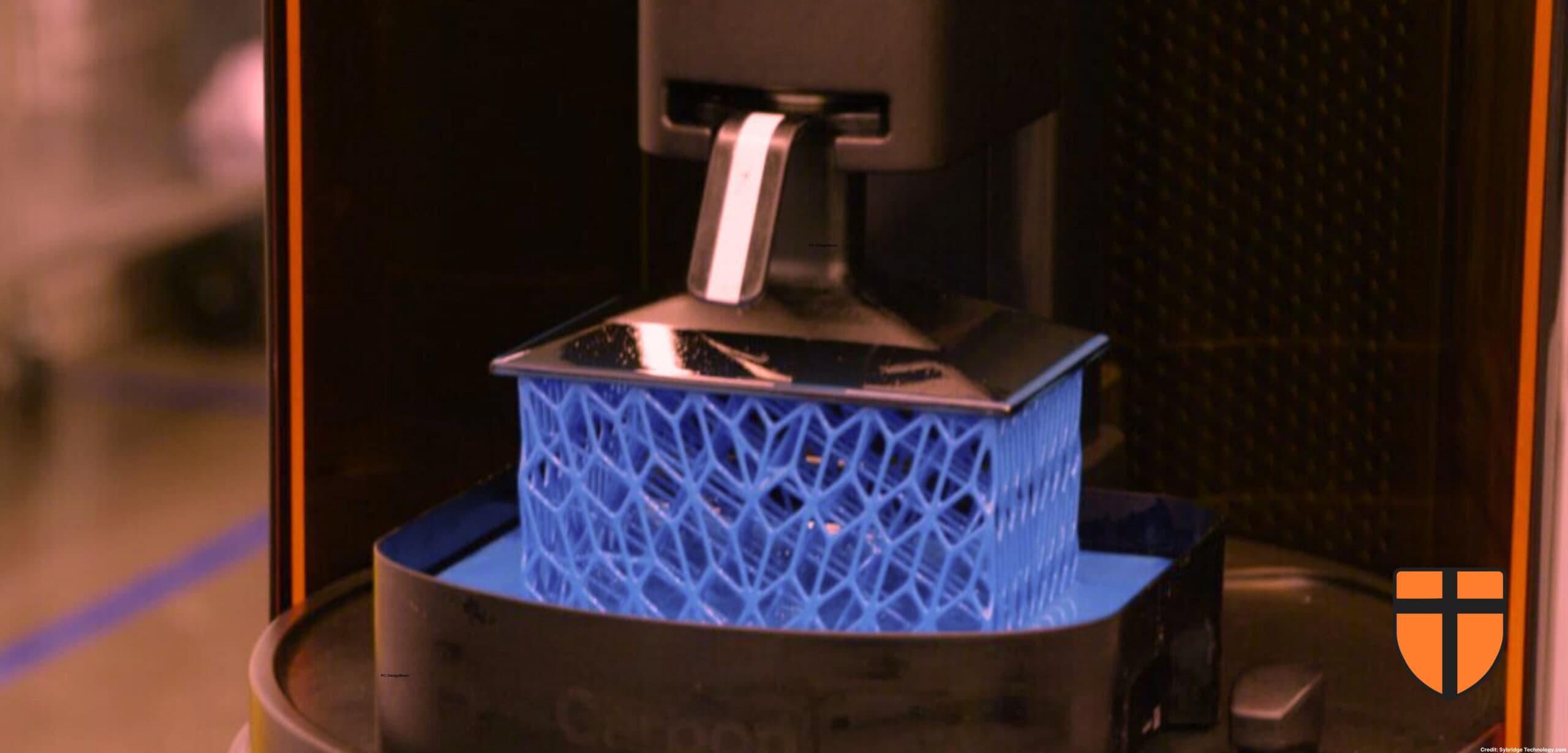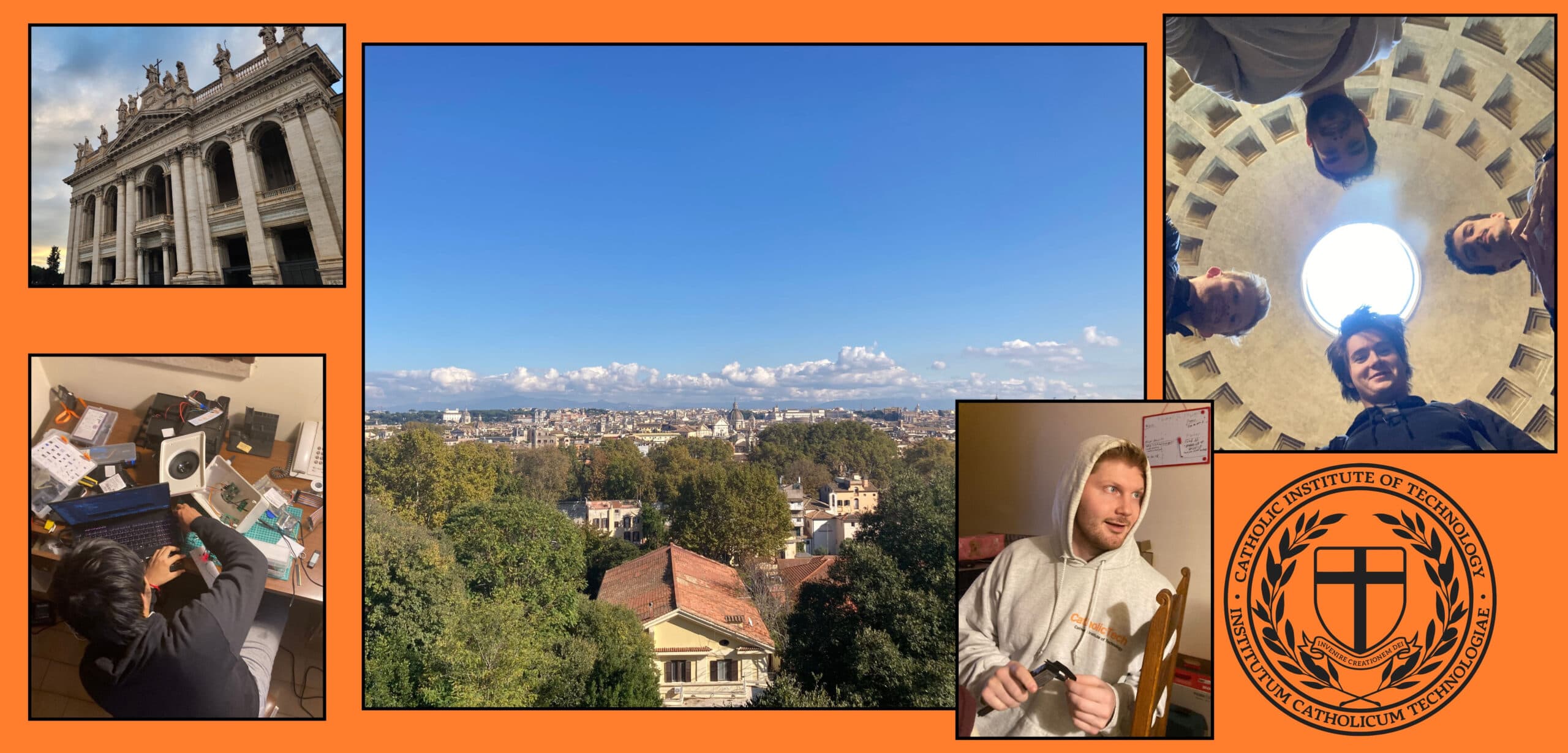
Thirsting After Knowledge

Last week, a paper was published which adds an important piece to a centuries-old biological riddle: What is the mechanism that allows mammals to feel thirsty? Published by a group of Chinese scientists, the paper points to one key protein among the hundreds of thousands active in mammals, singling it out as the foundation of the mechanism for thirst.
It might be surprising that we hadn’t fully mapped out this mechanism. Water, after all, forms more of the human body than anything else, making thirst, the sensation which helps us maintain proper balance of water in the body, perhaps our most important sensation. Dehydration is a dangerous and often deadly condition, and lack of water will kill faster even than lack of food.
Water doesn’t just compose most of our bodies, it also plays three extremely important roles. The most common of these is as a medium, a function it executes in more places than one. Blood, for example, is roughly 80% water, and acts as the body’s main delivery system for nutrients and oxygen. The kidneys and liver also use water, to flush potentially fatal toxins from the body. As well as being a medium, water is used to regulate our body’s temperature, keeping us from overheating or protecting us by burning out disease with a fever. Finally, water is essential for the activation of neurons, keeping our brains functioning.
All that being the case, it’s clear that the regulation of water levels in the body is incredibly important. And, just like with food and sleep, that regulation is accomplished via a sensation, in this case that of thirst. The question, then, is this: How does the body know to send the signal we experience as thirst? Prior research had shown that the subfornical organ (SFO) was the section of the brain responsible for monitoring water levels, and that this was done by monitoring the water balance of our blood, but how it happened was still unclear…unclear, that is, until now.
There is a specific protein molecule, transmembrane protein 63B (TMEM63B), that Chinese researchers were able to prove is the tool the SFO uses to monitor water levels. First, they saw that TMEM63B is present in the cells of the SFO, making it a prime candidate for this work. Next, they discovered that cells which have TMEM63B artificially added to them become reactive to salty environments, changing their electrical properties when introduced into high salt environments.
Since the blood’s saline concentration is directly related to the body’s water levels, and since neurons function by sending electrical signals, this protein that made cells react electrically to saline concentration had become a very likely suspect in their search. Confirmation came when a group of mice were genetically modified so that they wouldn’t produce TMEM63B. The mice showed “profound deficits in thirst,” thus cementing the idea that TMEM63B is what lets the brain monitor our body’s water levels.
This discovery, and indeed any discovery that relates to our body’s key mechanisms, is profoundly beautiful. As Catholics, we are blessed with the certainty that the universe is not a purposeless jumble of material, but instead is a cohesive whole, bright with God’s order and steady under the hand of providence. Our God is neither a so called “god of the gaps,” nor the metaphorical clockmaker who steps back and watches his creation go. He is a King, a ruler who causes even the smallest details of our world to be, and one of the most beautiful of those details, though not the smallest, is the power of causing that he grants every part of the world, the power to change and interact with every part around it, the power that allows the existence of such complex mechanisms as the one above.
Saint Thomas Aquinas expresses the beauty of that power:
“Nor is it superfluous, even if God can by Himself produce all natural effects, for them to be produced by certain other causes. For this is not a result of the inadequacy of divine power, but of the immensity of His goodness, whereby He has willed to communicate His likeness to things, not only so that they might exist, but also that they might be causes for other things…by this, in fact, the beauty of order in created things is evident.”
God puts his likeness into creation by giving us the power to cause, to make, to do. Let us pray in thanksgiving for two things today: the beautiful world God has created us as a part of, and the reason he endowed us with that we might understand it and discover its beauty in a way no other earthly creature can.





